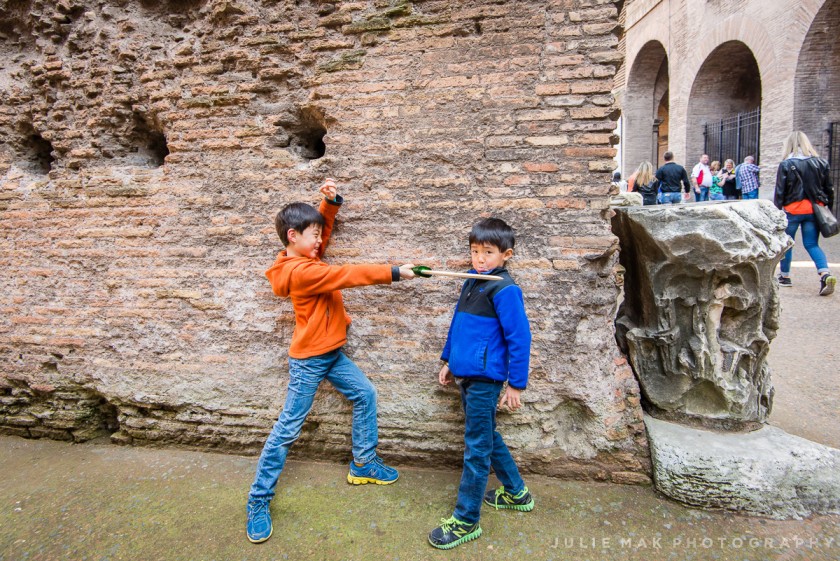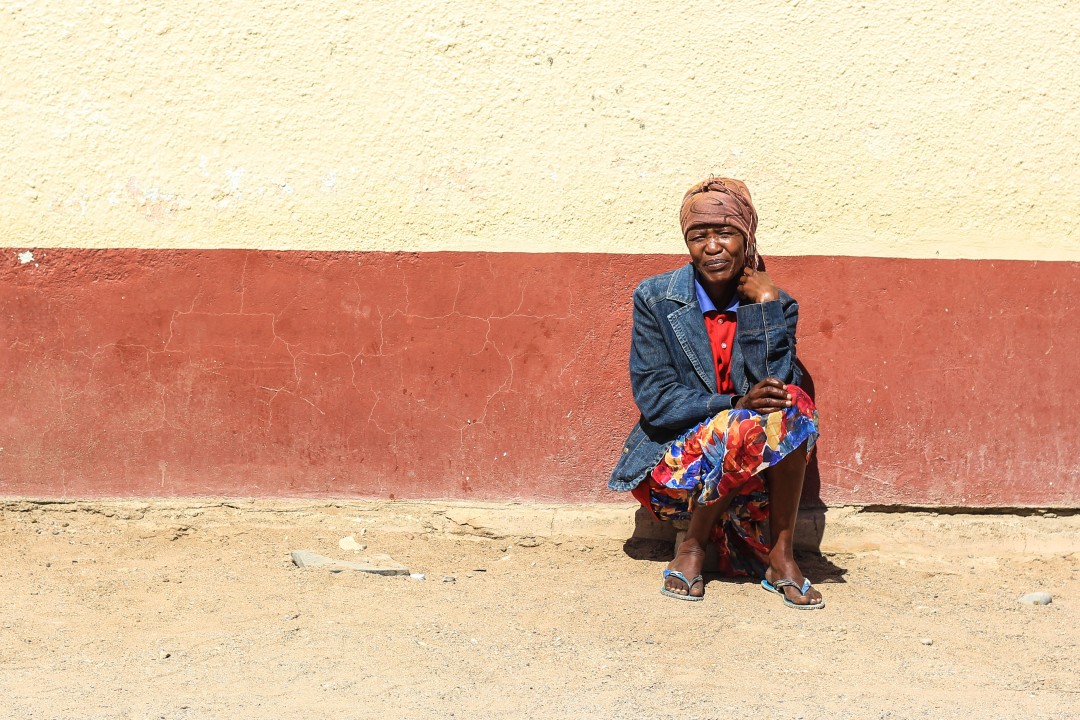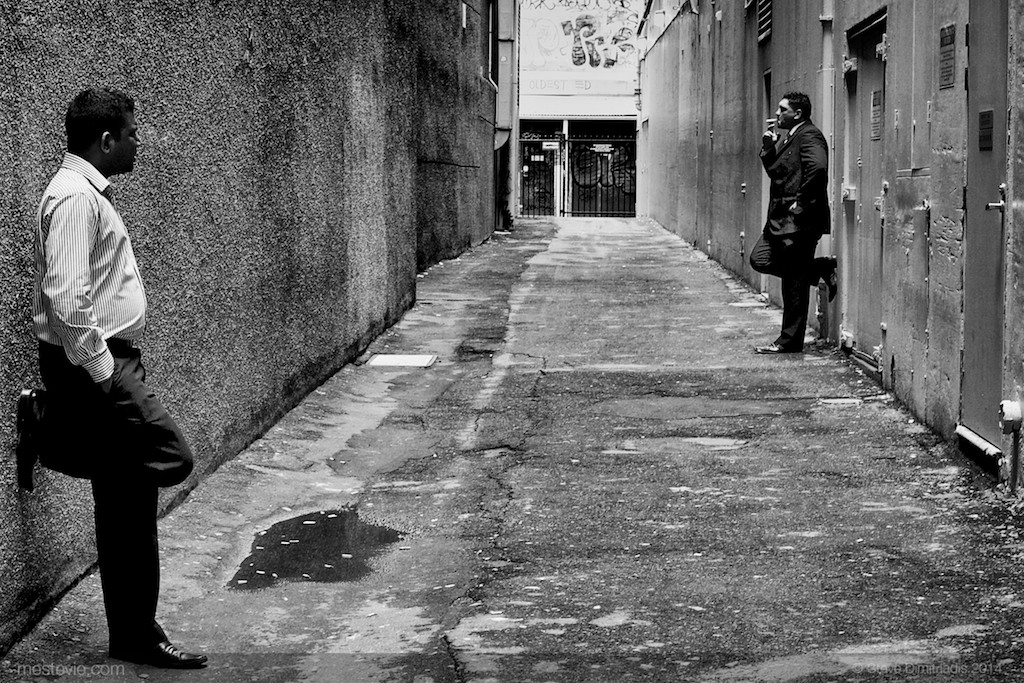Bull, S. (2009), ‘Snapshots’ in Photography. London: Routledge.
Zuromski, C. (2009) . ‘On Snapshot Photography: Rethinking Photographic Powers in Public and Private Spheres’ in J.J. Long, Andrea Noble, Edward Welch, Photography: Theoretical Snapshots. London: Routledge.
Bull, S. (2009), ‘Phototherapy: The Family Album and Beyond‘ in Photography. London: Routledge.
Kuhn, A. ‘Remembrance: The Child I Never Was’ in Wells, L. (ed) (2003) The Photography Reader. London: Routledge




Snapshot photography involves the taking of informal, spontaneous photographs that are taken without a carefully planned composition or specific intention. Snapshot images capture moments in everyday life and focuses on the subject matter or the event rather than precise technical aspects. Snapshot images are typically quick in nature and taken with a camera that doesn’t require manual adjustments. Some key characteristics of snapshot photography is its candid, raw quality. The photographer’s goal during photoshoots is to capture life in motion, portraying moments that feel genuine and unfiltered, making the images more personal and meaningful.
Snapshot photography became widespread after the invention of the Kodak camera in 1888. Before this invention, photography was a complex and expensive process. This meant that only professional photographers who had cameras, film plates and studio setups could practice it. The Kodak camera was a simple handheld device that anyone could use. It came preloaded with film and was designed for amateurs, allowing normal people to capture personal moments and everyday life. This lead to the rise of snapshots in modern photography.
To create a snapshot image, you don’t need to have a high end camera (meaning even phones can be used). The key is to capture a moment in time as it happens. Snapshots are unplanned and spontaneous, so it’s vital that you don’t wait for the perfect shot but to simply take a photograph whenever a genuine moment occurs. Snapshots are about capturing a moment in time rather than worrying about symmetry or rule of thirds. Capturing the emotion/ activity in these moments is more important than technique.
Some key concepts of snapshot photography is: candidness (capturing spontaneous, unguarded moments), emotion over technique (images focus on evoking a certain feeling rather than being visually perfect), everyday life (snapshots depict ordinary, everyday scenes eg family gatherings or street scenes) and social documentary (snapshots give us a glimpse into people’s lives and provide a visual record of history).
Henri Cartier-Bresson is a famous photographer whose work fits into the snapshot style of photography. He is one of the most influential photographers of the 20th century and is famous for his concept of the decisive moment. He believed that the key to photography was capturing fleeting, spontaneous moments that revealed the essence of a subject. In his work, he often relied on his intuition and quick reflexes to photograph everyday scenes in a way that conveyed deep meaning. His images are candid and unposed, yet reflect the beauty and drama of the world around him. Additionally, Vivian Maier is a street photographer whose work also resembles characteristics of the snapshot aesthetic. Her photographs were taken with a simple camera during her daily walks. She captured intimate, candid moments of urban life. Her images document the lives of ordinary people, showing us a glimpse into mid 20th century America in cities like Chicago and New York. Her work challenges the idea that professional photography must be staged or polished and showed beauty of capturing raw, unscripted moments of life.
